Darkening System Setup, Feeding and Training
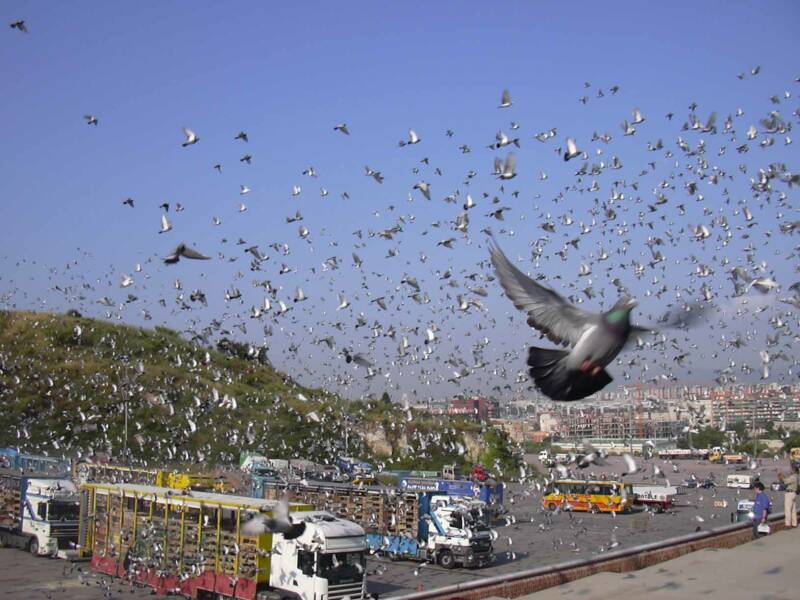 The Setup
The Setup
I put my breeding pigeons together near the end of January. My last birds come out of the nest near the end of May. As soon as I wean the first round, they go on the system. All of the birds I raise during the season are put on the system when they are weaned. Some moult earlier than others, but they are all ready by the time the season begins.
My young birds go into a large loft with three big sections. There are two aviaries on the front where the birds can go out and get a drink and get sunshine. There is also a large aviary on the back of the pen. The pigeons go out a walkway, down the side of the loft and then into the back aviary.
I am a school teacher, so I leave for work early in the morning and arrive home in the early afternoon. I like to spend time with my pigeons every day, so the traditional method of darkening the loft in the afternoon and evening hours didn’t work for me. I would never be able to spend time with my birds under that system. I set up my system so that the loft is darkened in the morning hours, then opened at 10:30. My birds have their light in the middle of the day, then I close the curtain at 6:30. This gives my birds eight hours of sunlight during the day and it allows me to have several hours each evening to work with my birds.
The curtain I built allows me to keep the birds on a very consistent system. I try very hard to be there every night at 6:30 to shut the birds up. This is one reason many flyers don’t like the system. It keeps you tied to home. It is difficult to take off and go places. If I need to be gone, I have to find someone to do it for me. It is not good for the birds when you miss putting them to bed on time.
If the loft were built differently, it might be possible to have a curtain come back down and close up the loft, but my birds get all spread out throughout the loft and the aviaries. I have to be there to get them all back inside and into one area to be able to close up the loft.
My Feeding Routine
When I wean the pigeons, I feed a 22% protein turkey grower pellet. This feed really helps them get through the moult and grow all of the feathers they need. I feed them once a day in the afternoon.
When I get home from school, I let the birds out on the landing board. My landing boards have slide down fronts with screen. This lets the birds look around the loft and begin to become accustomed to the area. It also gives me a chance to work on trapping with the birds. I spend a great deal of time teaching the birds througth repetition to trap when I whistle.
While the birds are out on the landing board, I spend a few minutes cleaning the loft. I like to keep it clean because when the birds are moulting there is a lot of dust. I don’t like the birds to breathe anymore of the dust than is necessary. I scrape, scoop and sweep it out almost every day.
After sitting outside for a while I whistle the birds into the loft and use a push stick with a square of plywood on the end to help get the birds inside. I whistle the same tune every day and I whistle continually while the birds are eating in the loft. I like to be inside the loft with the birds as they eat, so they get used to being near me.
After the birds eat, they go out into the front aviaries to get a drink. I give them water with a tablespoon per gallon of apple cider vinegar mixed in. This reduces the PH level in the gut of the birds and helps prevent the birds from getting coccidiosis and e-coli. While the birds drink, I like to sit on a bucket near their water tray and watch the birds. It lets me see each bird individually, gets them accustomed to me, and helps me to learn the birds’ band numbers. It is important for me to really know my birds, so I spend the time to make it happen. Most flyers are not commited to spending enough time in the loft and with the birds.
Before I start training in the middle of July, I switch the birds to grain. I add a little grain with their feed to begin with and then gradually build up the grain while decreasing the pellets. I mix a pigeon feed with three different types of peas, Austrian Peas, Trapper Peas and Maple Peas. It also has whole corn, wheat, milo, millet, safflower, rice and barley. The feed has about one half barley. When I start to train and race I reduce the barley to about one third.
In the water I give the birds, I also mix Red Cell, which is a vitamin and iron supplement sold for horses. I buy it at a farm store in gallon bottles. I use a teaspoon per gallon of water and give it to the birds three or four times per week. I mix it together with the apple cider vinegar. I use poultry vitamins and Windsmore vitamins that I order from Jedds Pigeon Supply. I put a quarter of a teaspoon of each in the water two or three times a week. I also use pureed garlic. I put a teaspoon of it in the water two or three times a week. It doesn’t seem to matter to the birds what I put in the water, they drink it just fine. Most days it is a mixture of several things.
I always give fresh water every day. I clean the glass gallon bottles and glass Pyrex trays that I use several times each week with chlorine bleach to kill any germs and bacteria. My water trays are built on the outside of my lofts in an aviary. This keeps the floors inside my coops dry at all times. If any water gets spilled, it just drops to the ground through the screen in the bottom of the aviary.
Training
The second week of July, I switch the schedule for the birds. I change their day from the middle of the day to a natural morning. In Utah, it is very hot in the middle of the summer when I need to train, so I have to have morning training tosses. A week before I begin training tosses, I begin opening the curtain up at night before I go to bed. The sun is down, so I can open the curtain without disturbing the birds.
The birds awake to a normal sunrise. My kids are home during the summer and they put the birds to bed for me at 2:00 p.m. During this time, I don’t get to spend as much time with the young birds because I don’t mess with them in the evenings, but all the early work with the birds has prepared them for training.
Another benefit of this change is that now the curtain is open all night long and there is more air movement in the loft. This is a healthier condition for the birds to be in.
Training tosses begin after a week of the new schedule. I begin by taking them to the street in front of the house several times, then increase the distance very slowly. I toss them every day for the first week or so and then about every other day after that. I do lots of tosses within a mile or two of the loft and then gradually increase to longer tosses.
For me, this is a little bit of a sacrifice. I have to get up at five most days to get the training toss in before I go to work for the day. During the summer, I work at the school, building things in the woodshop like shelves and tables. The school district uses them in other schools.
Most flyers aren’t willing to get up early and make the sacrifice to make it happen. Without a good training schedule, the birds won’t develop the muscles they need and they won’t develop their homing instincts as keenly. Experience pays off when they get into the race season. During the training tosses, the birds make mistakes. They get off course and have to find their way back home. I believe they are a lot like kids. They learn from their mistakes and they gain experience that will help them later when they get into the same situation. They will be able to find their way home much quicker.
Darkening System Setup, Feeding and Training By Craig Goode
The Leading Online Pigeon Racing and Racing Pigeons Magazine – The Pigeon Insider

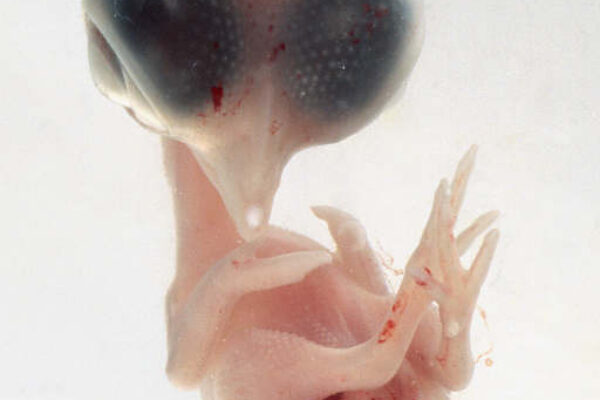
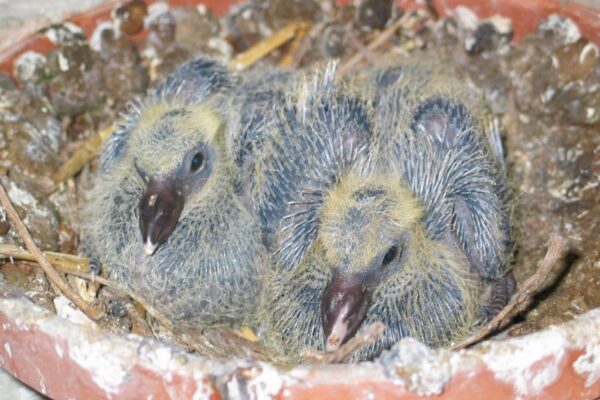
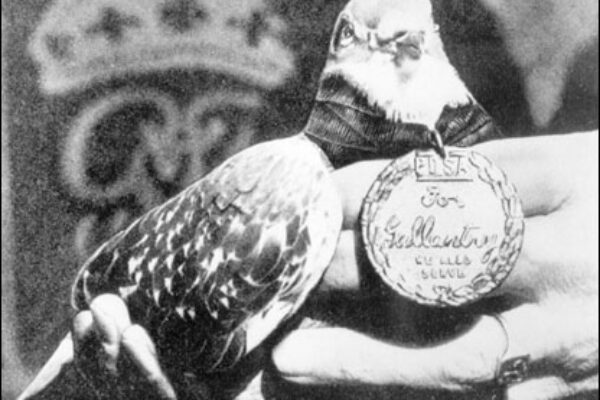
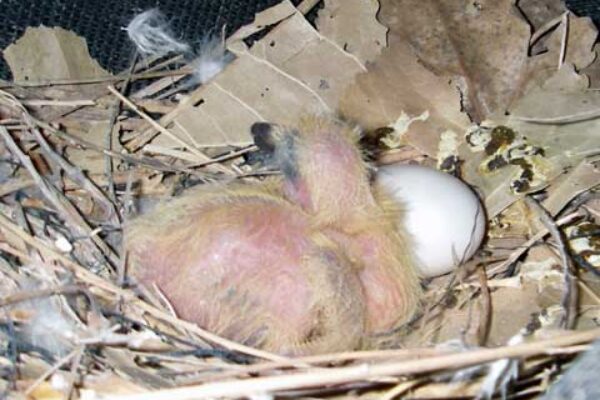

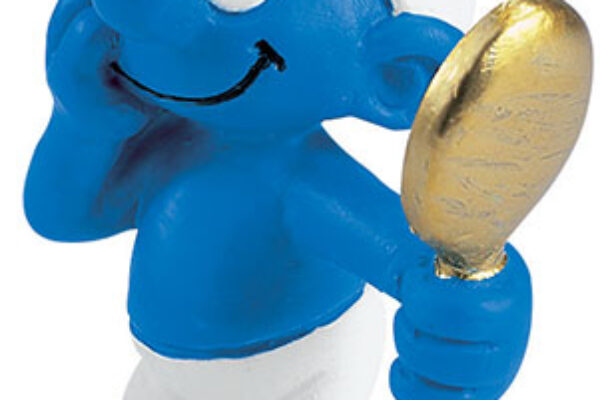


Its a good report this wèek can you send me the grains as i lost it the other week thanks
Hi Craig most people i know in Canada that use the dark system start breeding around Feb 14 to
the 20th and fly very well.Also i know natural fliers who start to breed there first round march 1st
and fly very well.The Article was well done Brad.
Hi Ricky, I’m also from T&T; I’ve flying for about 20 years. I assume you are flying in the US. If so, from which part of the country are you located? I’m in the Washington DC area. If you are close by, send me an email at [email protected].
very enjoyable reading your article it refreshes one’s memory or at least remind you of your mistake.
Chris you got quiet what the emails is concerned. If I insulted or despise you and your great global work, please forgive me. You teach me allot of good stuff about racing pigeons and some I don’t like at all. Those I don’t like I still read it as certain bits and bobs in those I don’t like, works for my pigeons. Again, I am sorry Chris.
Hey Vincent,
Sorry about that man I haven’t had time lately to update the site and email you with work and all. No worries I will be back at it very soon with more great content for you. Noooo you didn’t insult me at all I welcome all comments whether agreeing or disagreeing that is what makes the Pigeon Insider so powerfull in my opinion. It’s a totally open forum to all members and everyones opinions are open for discussion.
Again no reason to be sorry and thanks for continuing to support me and the Pigeon Insider.
More great content coming soon, stay tuned….
-Chris